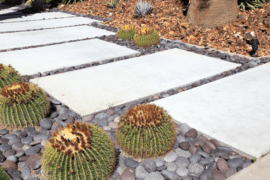When it comes to enhancing outdoor living spaces, a stamped concrete patio stands out as a versatile and visually appealing option. This type of patio offers a unique combination of durability, cost-effectiveness, and aesthetic appeal, making it a popular choice among homeowners. Stamped concrete, also known as imprinted or textured concrete, involves pressing patterns into freshly poured concrete to mimic the appearance of materials like stone, brick, slate, or even wood. Whether you’re looking to create a relaxing outdoor retreat or a sophisticated entertainment area, a stamped concrete patio can add both value and beauty to your home.
This article delves into the many facets of stamped concrete patios, from the benefits and design options to the installation process and maintenance tips, providing you with a thorough understanding of why this material is an excellent choice for your outdoor space.
The Benefits of a Stamped Concrete Patio
One of the primary benefits of choosing a stamped concrete patio is its aesthetic versatility. This material can be designed to replicate the look of more expensive materials, providing a high-end appearance without the associated costs.
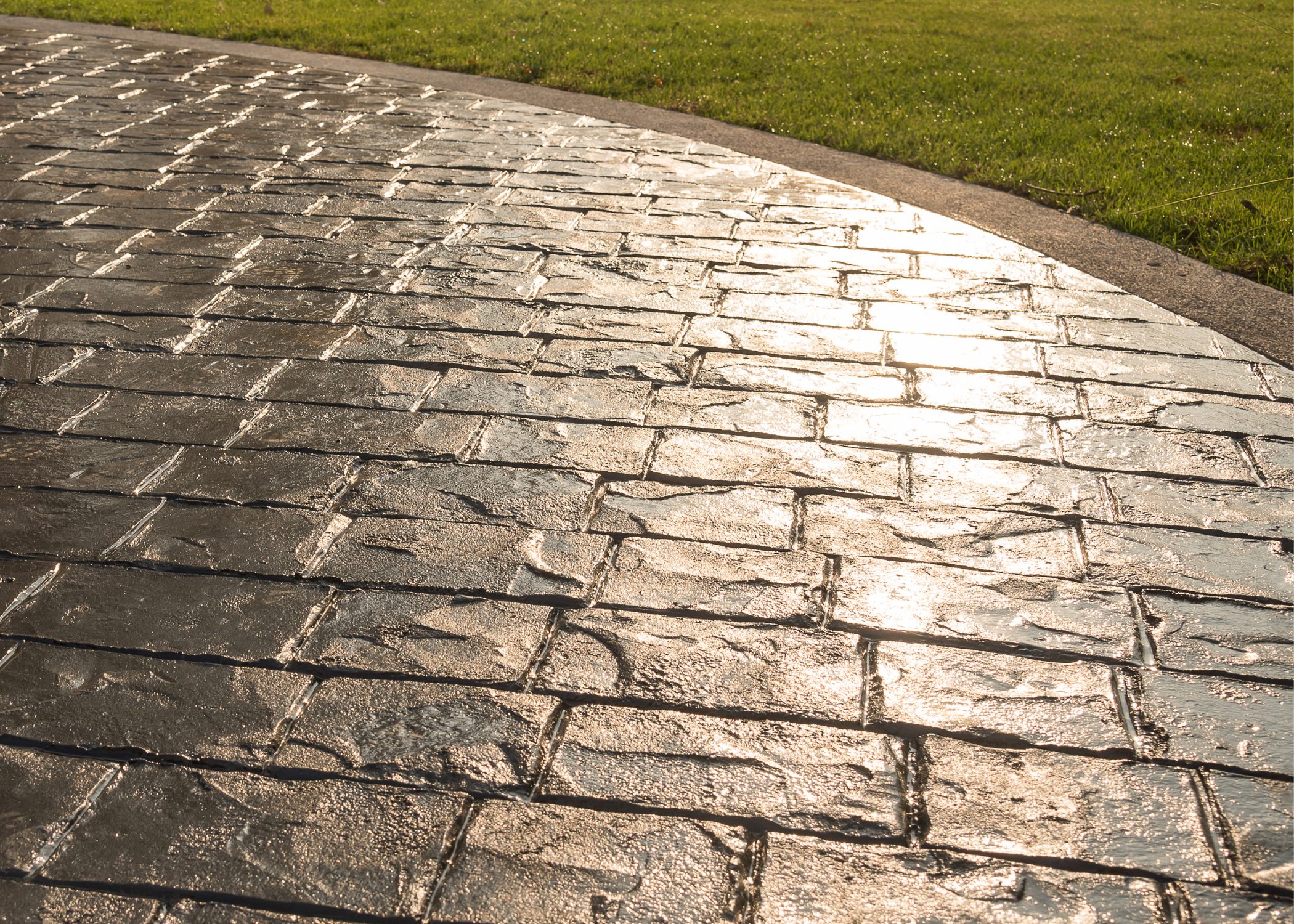
Homeowners have the freedom to select from a wide array of patterns, textures, and colors, ensuring that the patio complements the existing landscape and architectural style of the home. Besides its visual appeal, stamped concrete is known for its durability. It can withstand heavy foot traffic, weather conditions, and the test of time, making it a long-lasting option for outdoor spaces.
Design Options for Stamped Concrete Patios
When it comes to design, stamped concrete patios offer virtually limitless possibilities. Patterns can range from classic brick and cobblestone to intricate designs like herringbone or slate. Color options are equally diverse, allowing homeowners to match or contrast the patio with their home’s exterior.
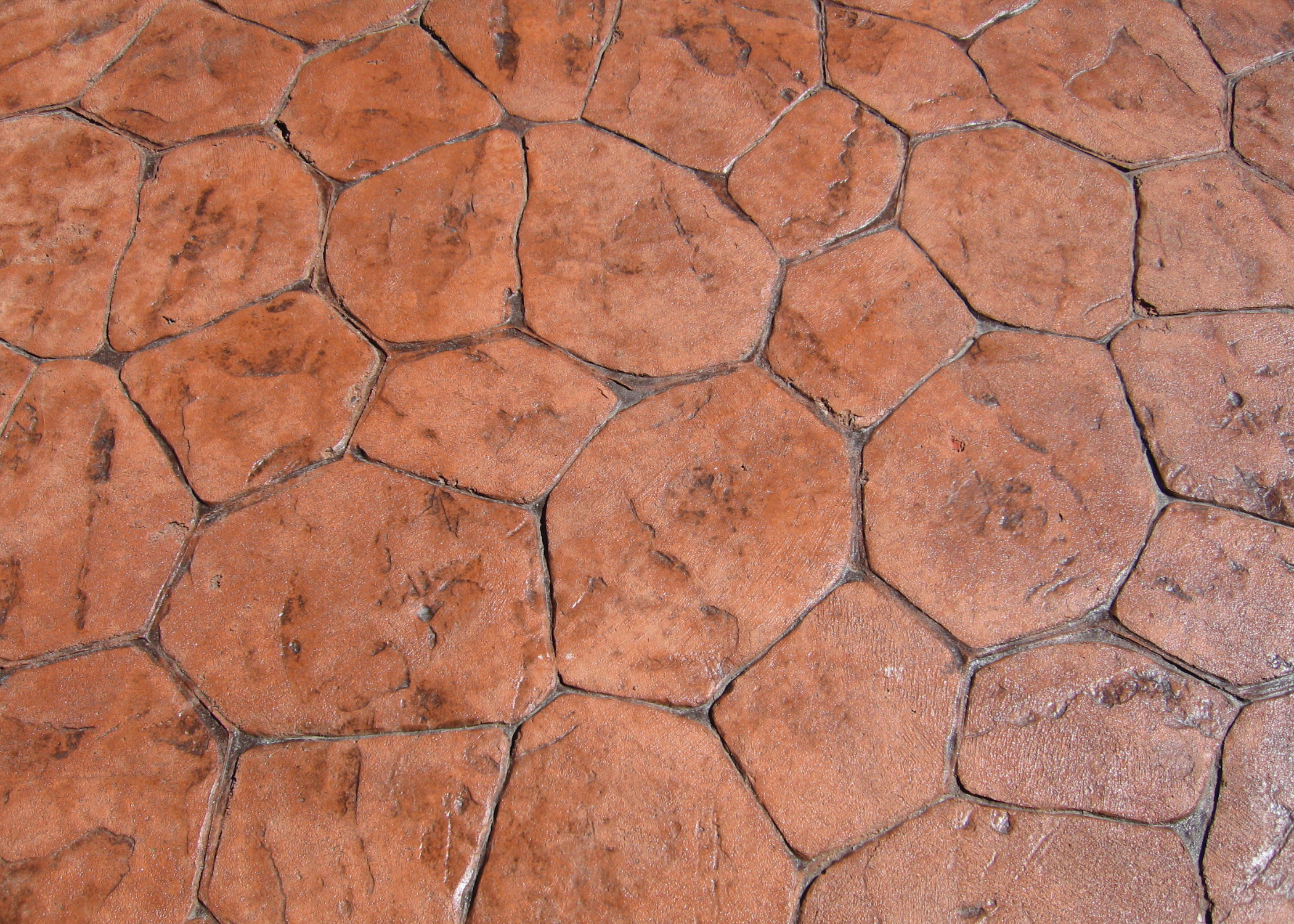
For those looking to make a statement, custom designs and borders can add a unique touch. The ability to mix and match patterns and colors means that each stamped concrete patio can be a work of art tailored specifically to the homeowner’s vision.
The Installation Process
Installing a stamped concrete patio involves several key steps, starting with the preparation of the site. This includes excavating the area, setting up forms, and ensuring proper drainage. Once the site is prepared, concrete is poured and leveled. While the concrete is still wet, the chosen patterns and textures are pressed into the surface using specialized stamping tools.
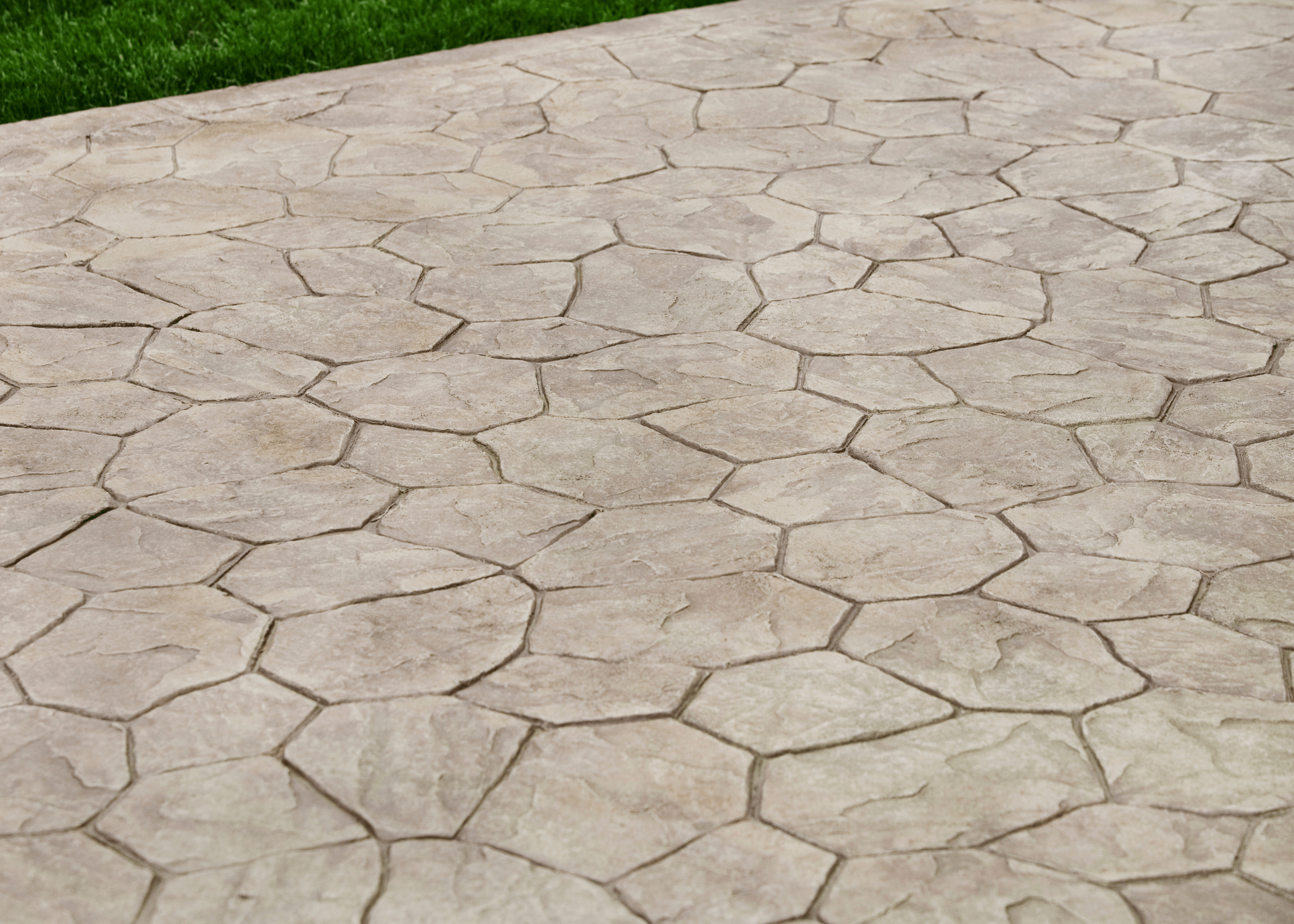
The final step involves coloring the concrete, which can be done using integral color, color hardener, or stains. Sealing the patio is crucial to protect the surface and enhance its longevity. The entire process requires skill and precision, making it advisable to hire experienced professionals for the job.
Maintenance Tips for Stamped Concrete Patios
Maintaining a stamped concrete patio is relatively straightforward but essential to preserve its appearance and durability. Regular cleaning with a broom or a garden hose can prevent the buildup of dirt and debris. For more thorough cleaning, a mild detergent and a soft-bristle brush can be used. Sealing the patio every 2-3 years is critical to protect it from water, stains, and UV damage.
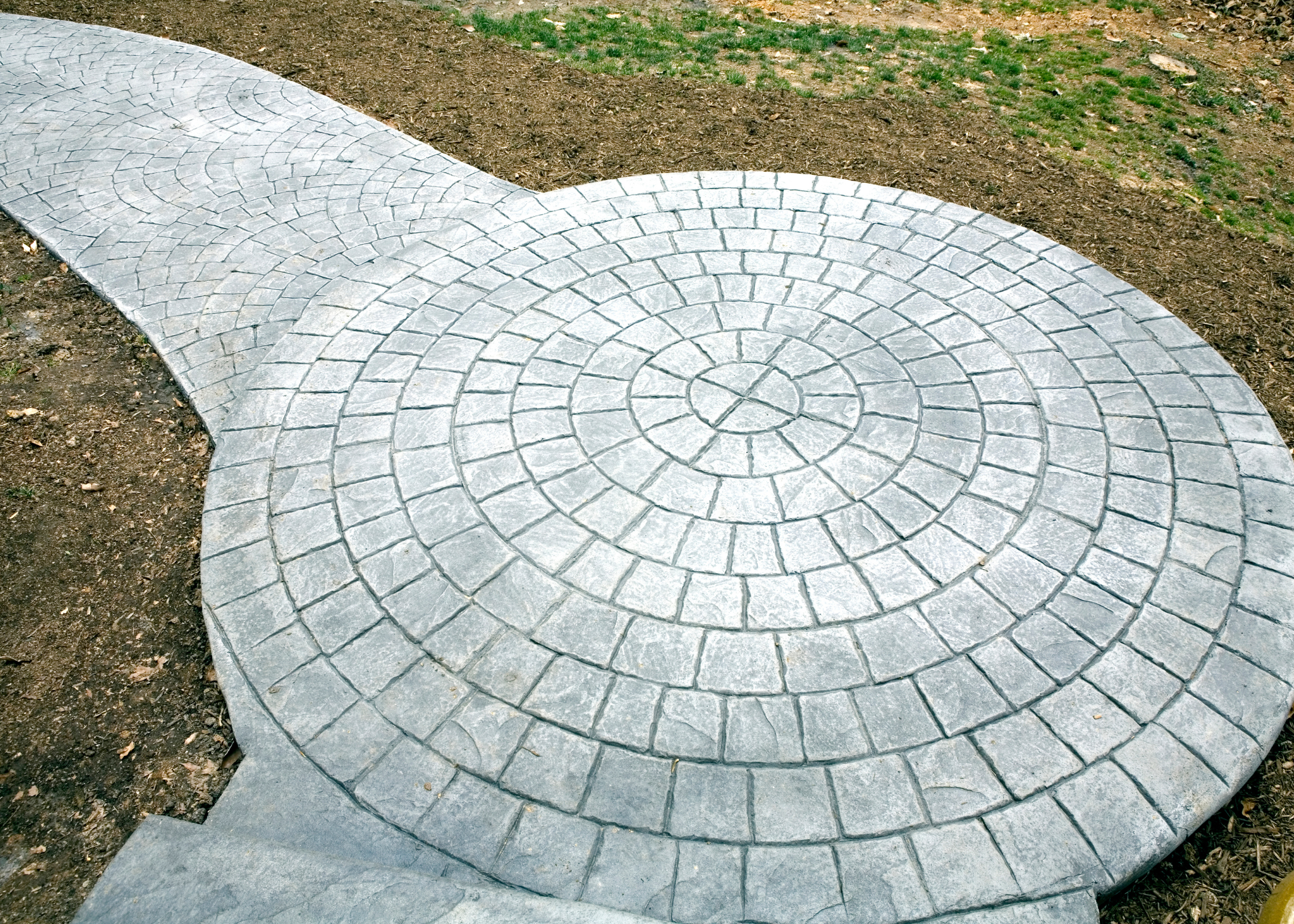
Sealing also helps to maintain the color and finish of the concrete. In colder climates, it’s important to use a sealant that can withstand freeze-thaw cycles to prevent cracking. Avoid using de-icing salts, as they can damage the concrete surface.
Cost Considerations
The cost of installing a stamped concrete patio can vary widely based on factors such as the size of the patio, the complexity of the design, and the region. On average, homeowners can expect to pay between $8 and $20 per square foot.
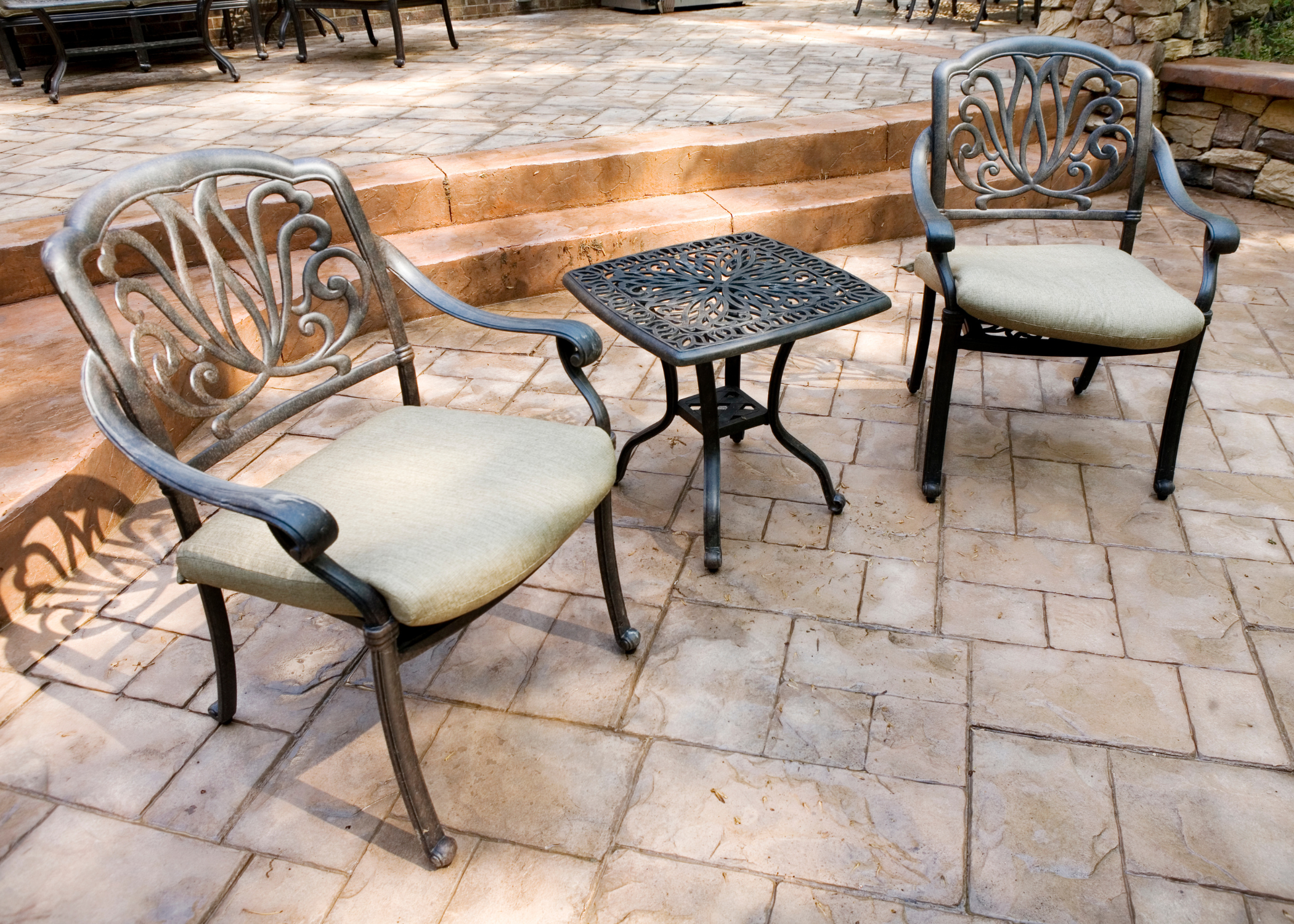
While this may seem higher than some other materials, the long-term benefits and reduced maintenance costs can make stamped concrete a more economical choice in the long run. It’s also worth considering the added value a beautifully designed patio can bring to a property, potentially increasing its resale value.
Environmental Impact
Stamped concrete patios are an environmentally friendly option due to their longevity and the materials used. Concrete is a sustainable material that can be sourced locally, reducing transportation emissions.
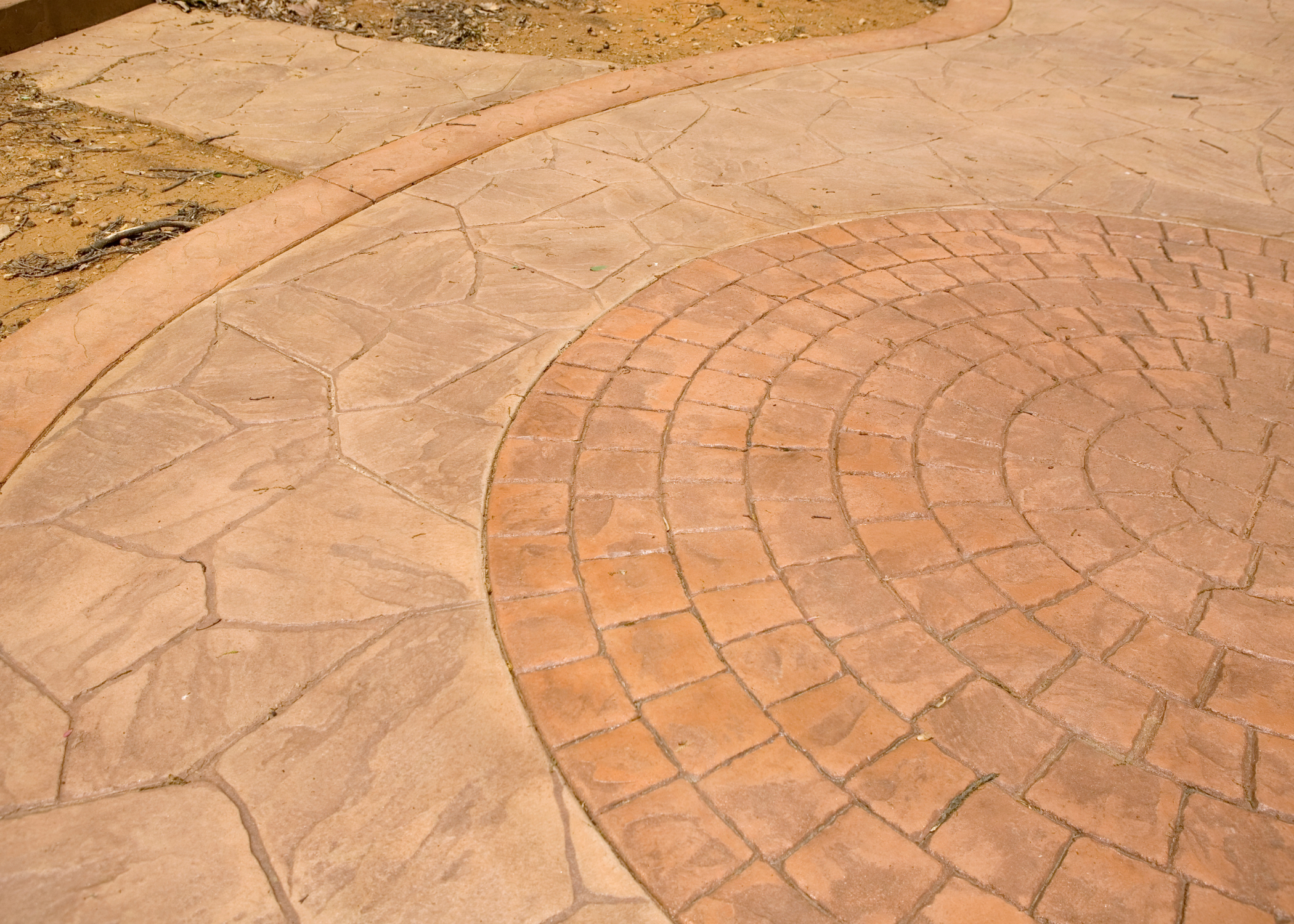
Moreover, a stamped concrete patio’s long lifespan means fewer resources are needed for replacements or repairs. When properly installed and maintained, a stamped concrete patio can last for decades, minimizing waste and the need for frequent renovations.
Choosing the Right Contractor
Selecting the right contractor is crucial to ensure the success of your stamped concrete patio project. Look for professionals with extensive experience and a portfolio of past projects. Reading reviews and asking for references can provide insight into the contractor’s reliability and quality of work.
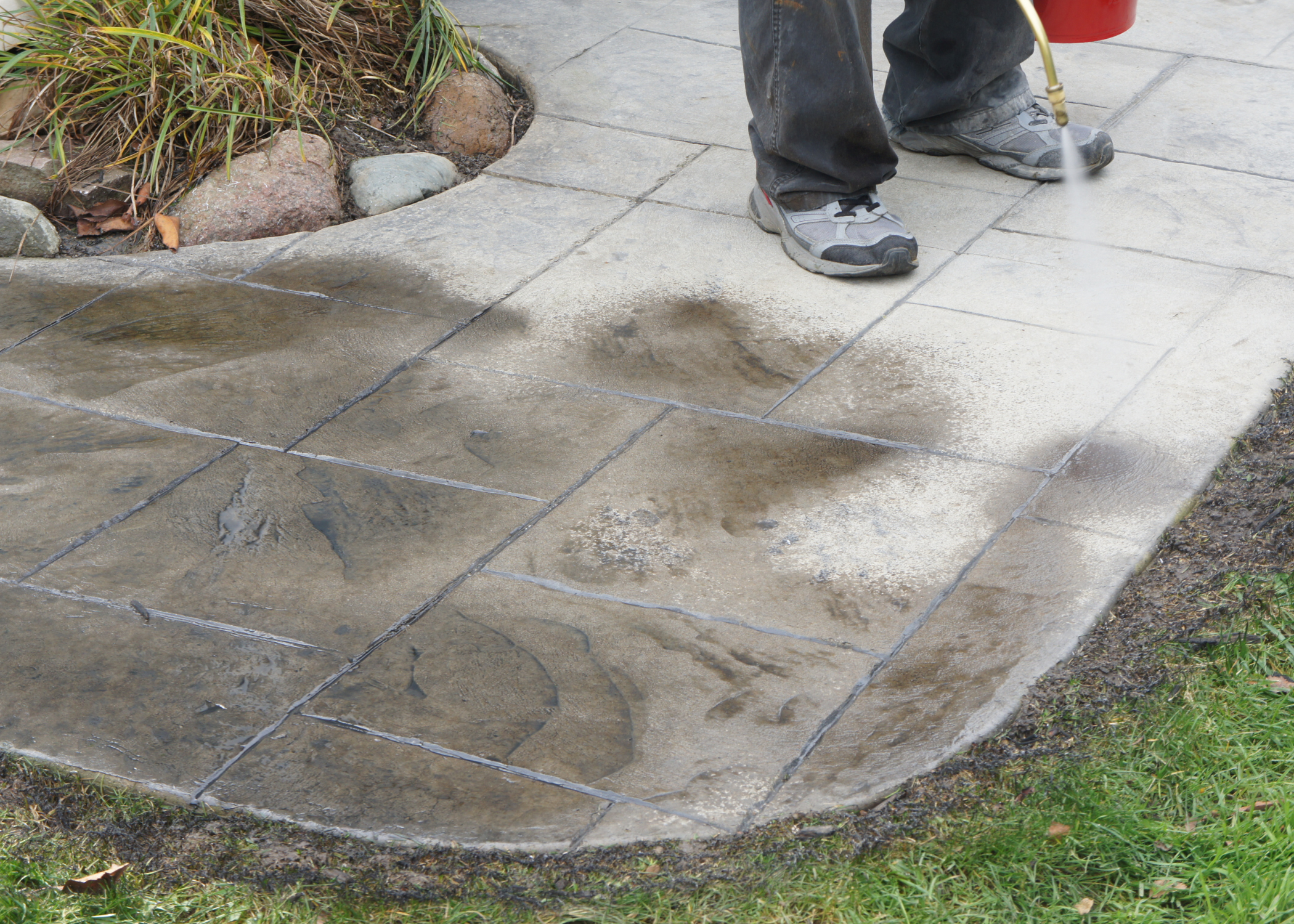
It’s also important to discuss your vision and expectations upfront, ensuring that the contractor understands your design preferences and budget constraints. A reputable contractor will provide a detailed estimate and timeline, helping to avoid any surprises during the project.
Related Articles
- Maximizing Your Outdoor Space with Small Enclosed Patio Ideas
- 9 Creative Patio Extension Ideas to Elevate Your Outdoor Living Space
- Patio Season Must Haves from Target
Ready to bring new life to your home? Subscribe to our newsletter for exclusive interior design tips, trends, and ideas that will transform your space. Click here to subscribe!
Frequently Asked Questions (FAQs)
What is stamped concrete?
Stamped concrete is a decorative concrete technique where patterns and textures are pressed into freshly poured concrete to mimic the appearance of materials like stone, brick, or wood.
How long does a stamped concrete patio last?
With proper installation and maintenance, a stamped concrete patio can last 25 years or more.
Can stamped concrete be repaired if it cracks?
Yes, minor cracks can be repaired with patching compounds that match the color and texture of the original concrete. However, significant damage may require professional attention.
Is stamped concrete slippery when wet?
Stamped concrete can be slippery when wet, but adding a non-slip additive to the sealant can provide better traction.
How often should a stamped concrete patio be sealed?
It is recommended to seal a stamped concrete patio every 2-3 years to protect it from water, stains, and UV damage.
Can I install a stamped concrete patio myself?
While it is possible for DIY enthusiasts, installing a stamped concrete patio requires skill and precision. Hiring a professional is advisable to ensure the best results.
What are the color options for stamped concrete?
Stamped concrete offers a wide range of color options, from natural earth tones to more vibrant hues. Colors can be integrated into the concrete mix, applied as a color hardener, or added with stains.






